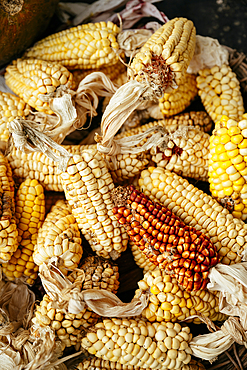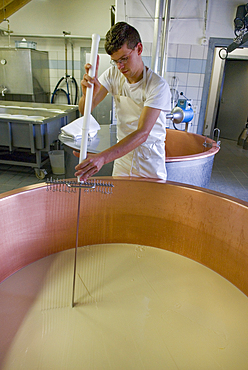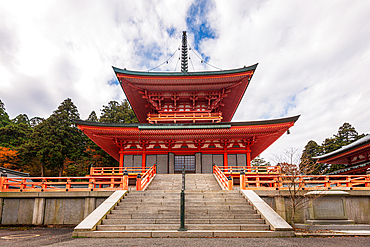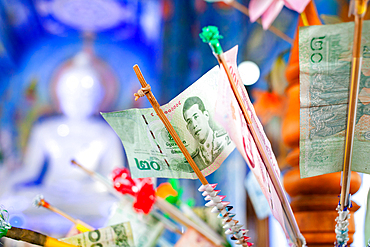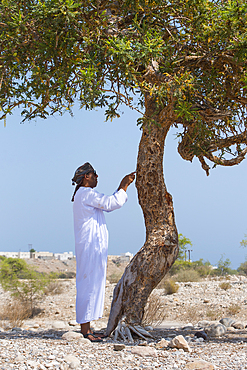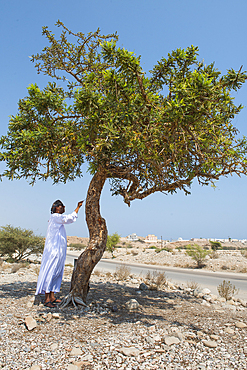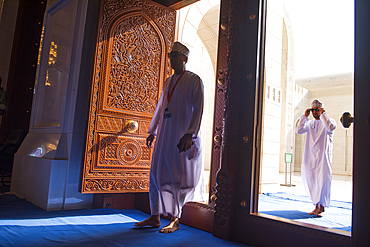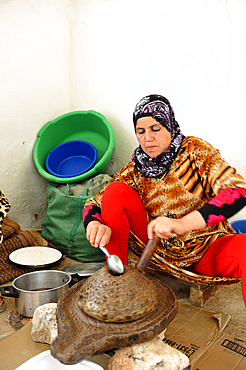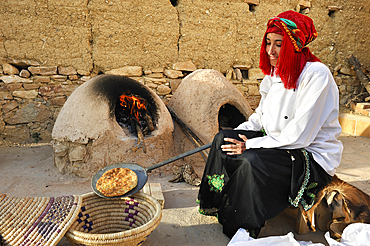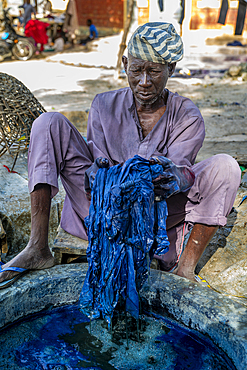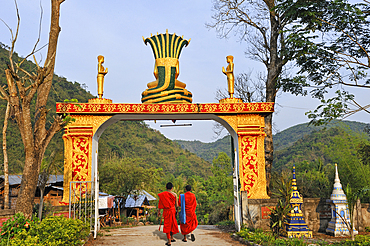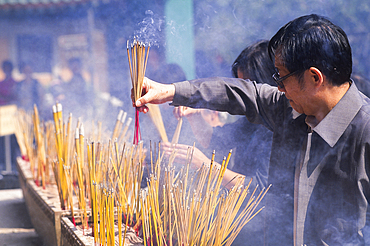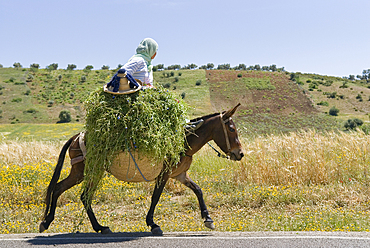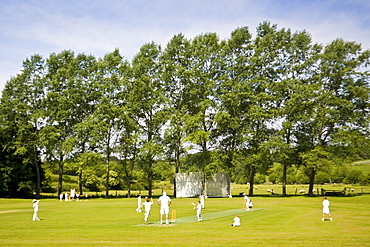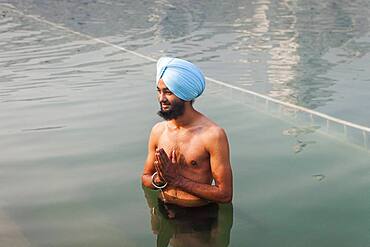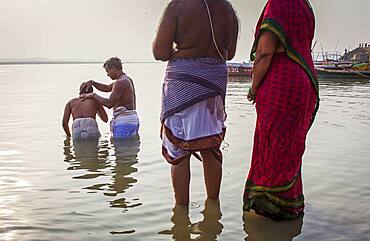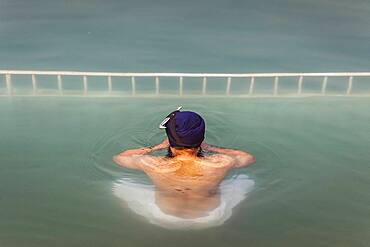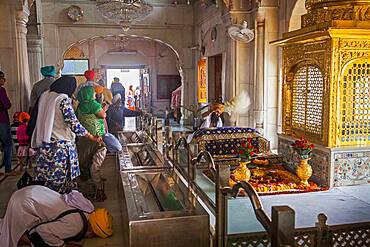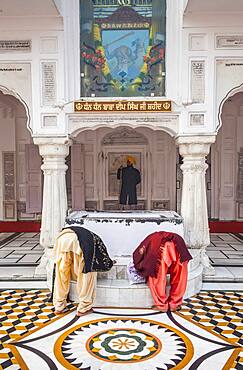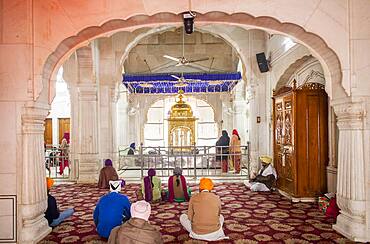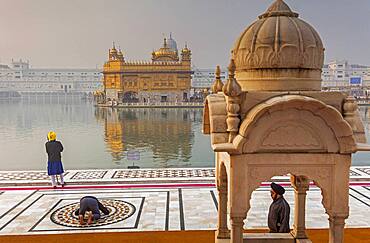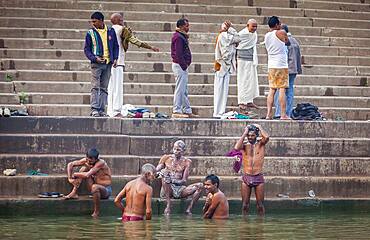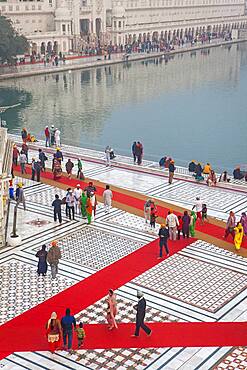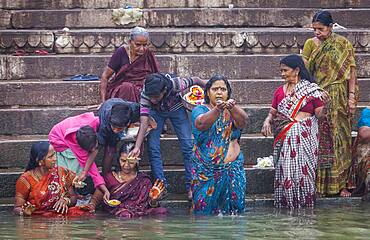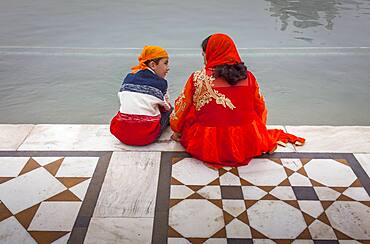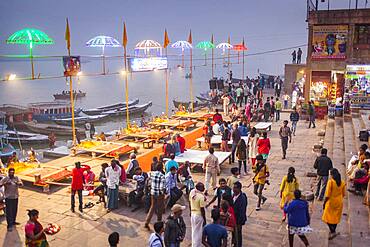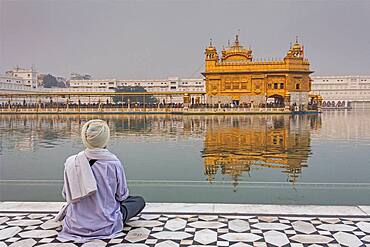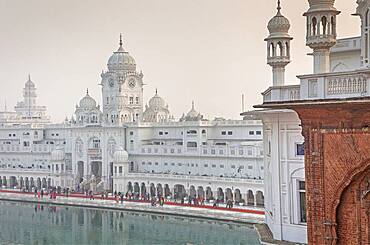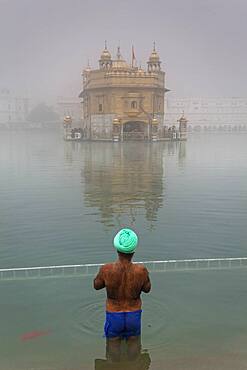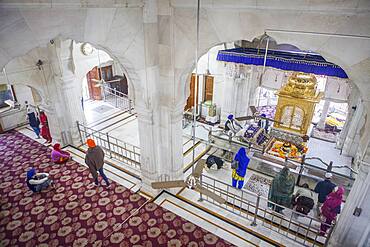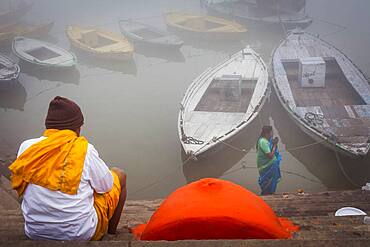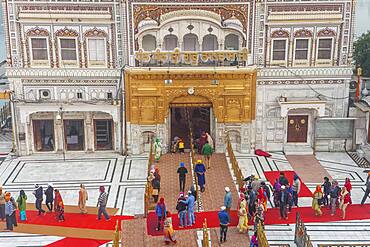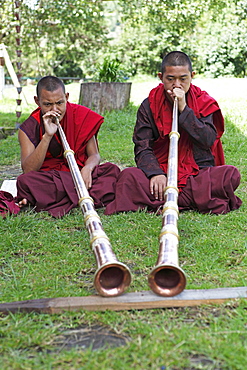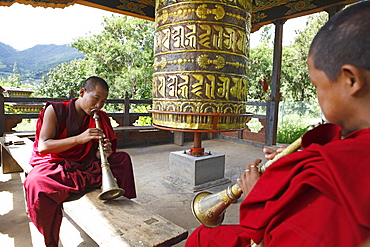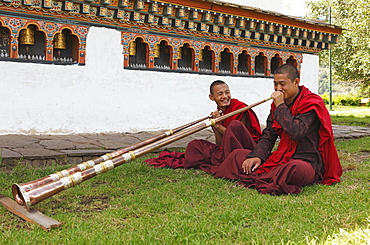Results
36 results found
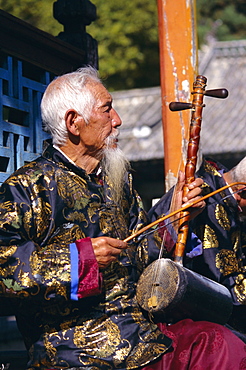
Portrait of an elderly musician from the Naxi orchestra practising by the Black Dragon Pool, Lijiang, Yunnan Province, China, Asia
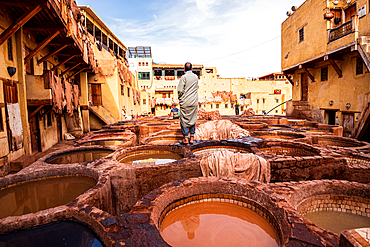
Worker Standing Among Traditional Leather Tanning Pits at the Famous Chouara Tannery in Fes, Morocco

Women workers at Tapel Koeda Kretek (Clove Cigarette) Factory at Juwana, Java island, Indonesia, Southeast Asia, Asia
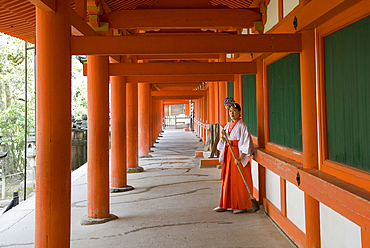
Miko or shrine maiden (Young women serving in a Shinto shrine) at Kasuga Taisha Shinto shrine, Nara, Japan
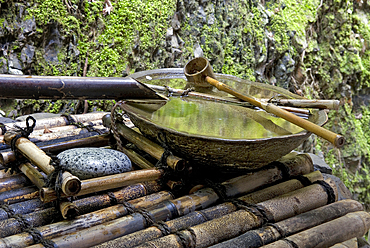
Sosu, a bamboo water fountain at Eikan-do Zenrin-ji, head temple for the Seizan branch of Jodo-Shu (Pure Land) Buddhist sect, Kyoto, Japan
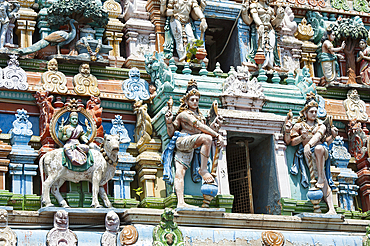
Details of high relief on the western Gopuram (gate tower) at Kapaleeshwarar Temple in Mylapore district, Chennai (Madras), Coromandel Coast, Tamil Nadu state, South India, Asia
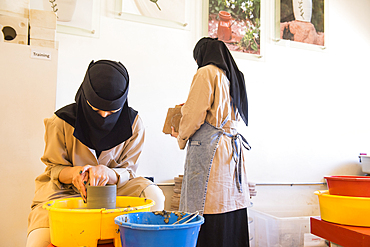
Pottery workshop, Madrasat Addeera, an artistic space where women learn crafts to be sold in the old town of AlUla, Medina Province, Saudi Arabia
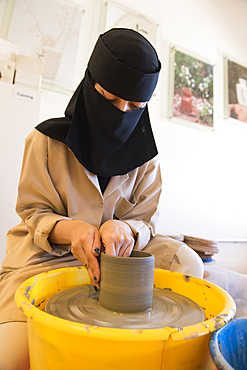
Pottery workshop, Madrasat Addeera, an artistic space where women learn crafts to be sold in the old town of AlUla, Medina Province, Saudi Arabia
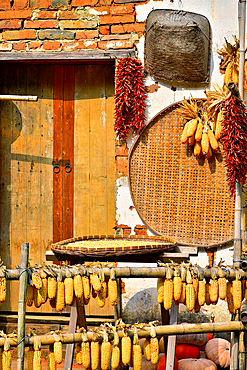
Chillies and corn being sun dried, Huangling, ancient village dating back to the Ming Dynasty, Wuyuan County, Shangrao City, Jiangxi Province, China
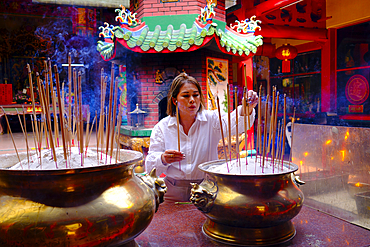
Offerings and prayers to the temple deities, Asian woman praying, Guan Di Chinese Temple, Chinatown, Kuala Lumpur, Malaysia
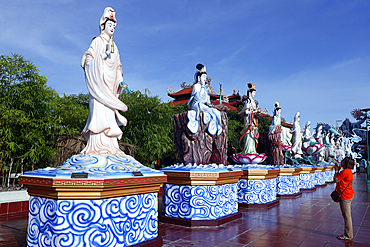
Thien Truc Buddhist Pagoda, Quan Am (Quanyin) (Bodhisattva of Compassion) (Goddess of Mercy), Bac Lieu, Vietnam
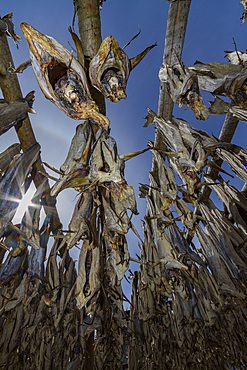
Cod drying on racks temporarily built for that purpose in the small fishing town of A in the Lofoten Island Group, Norway
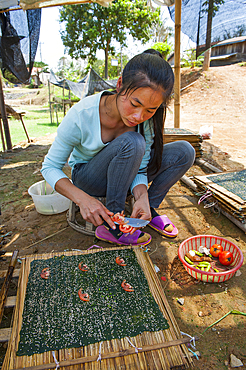
Young woman making Kai Paen, dried river weed sheets sprinkled with sesame seeds, thinly sliced tomatoes and garlic, northern Laos
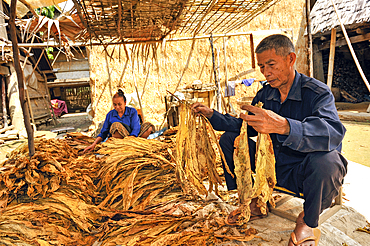
Sorting and bunching of tobacco leaves, village around Nong Khiaw, District of Luang Prabang, Northern Laos
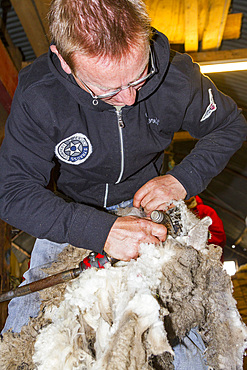
Sheep being shorn at the Long Island sheep farm outside Stanley in the Falkland Islands, South Atlantic Ocean, South America

Eighteen Arhats of Mahayana Buddhism await return of Buddha as Maitreya, Long Quang Pagoda, An Giang Province, Mekong Delta, Vietnam
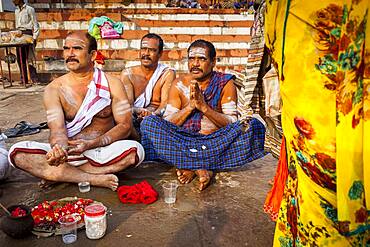
Pilgrims making a ritual offering, and praying, ghats in Ganges river, Varanasi, Uttar Pradesh, India.
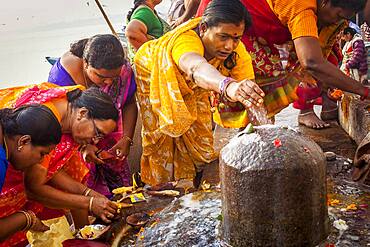
Pilgrims making a ritual offering, and praying, ghats in Ganges river, Varanasi, Uttar Pradesh, India.
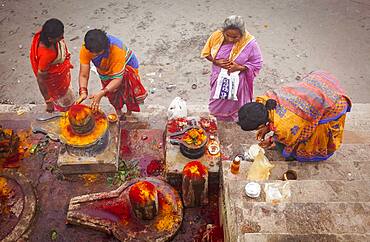
Pilgrims making a ritual offering and praying, ghats of Ganges river, Varanasi, Uttar Pradesh, India.
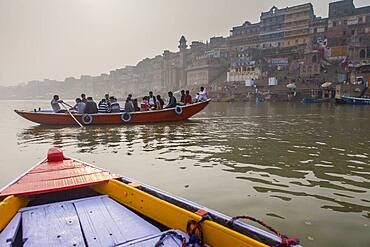
Pilgrims in a boat sailing and praying, Ganges river, in background the ghats, Varanasi, Uttar Pradesh, India.

Pilgrims making a ritual offering and praying, ghats of Ganges river, Varanasi, Uttar Pradesh, India.
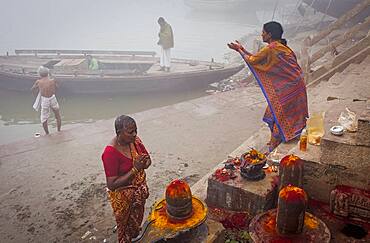
Pilgrims making a ritual offering and praying, ghats of Ganges river, Varanasi, Uttar Pradesh, India.
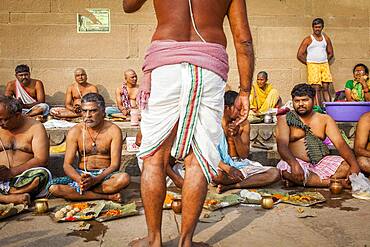
Pilgrims making a ritual offering, and praying, ghats in Ganges river, Varanasi, Uttar Pradesh, India.

Pilgrim making a ritual offering and praying, ghats of Ganges river, Varanasi, Uttar Pradesh, India.

Kazuko Uezu, age 65, makes tofu before dawn in her small shop in the village of Hedo. Despite 50 years of practice "every batch tastes slightly different" says Kazuko who rises at 4-am seven days a week to make tofu. Traditional methods and a small production produces subtle variations in every batch despite the fact that tofu has only two ingredients, salt water and soy beans. Kazuko get the salt water from the East China Sea (just down the road from her house) but the soybeans come from America. Okinawan centenarians eat tofu daily and it is believed the high flavanoid content in tofu contributes to their longevity. Flavanoids are known to fight breast and prostate cancer and believed to combat heart disease.
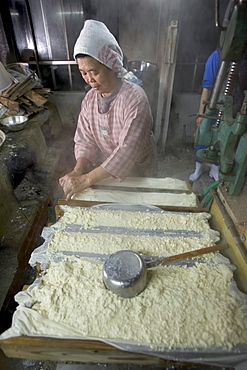
Kazuko Uezu, age 65, makes tofu before dawn in her small shop in the village of Hedo. Despite 50 years of practice "every batch tastes slightly different" says Kazuko who rises at 4-am seven days a week to make tofu. Traditional methods and a small production produces subtle variations in every batch despite the fact that tofu has only two ingredients, salt water and soy beans. Kazuko get the salt water from the East China Sea (just down the road from her house) but the soybeans come from America. Okinawan centenarians eat tofu daily and it is believed the high flavanoid content in tofu contributes to their longevity. Flavanoids are known to fight breast and prostate cancer and believed to combat heart disease.

Kushti is a traditional form of South Asian wrestling popular in India, also known as Pehlwani. Wrestlers usually meet in an Akhara, a "wrestling ground" which is a place of practice, with facilities for boarding, lodging and training.They serve both as training schools and an arena for wrestlers to compete against each other. Akhara is not limited only to physical activities, but also involves religious practices, particularly the worship of the god Hanuman.

Kushti is a traditional form of South Asian wrestling popular in India, also known as Pehlwani. Wrestlers usually meet in an Akhara, a "wrestling ground" which is a place of practice, with facilities for boarding, lodging and training.They serve both as training schools and an arena for wrestlers to compete against each other. Akhara is not limited only to physical activities, but also involves religious practices, particularly the worship of the god Hanuman.

Kushti is a traditional form of South Asian wrestling popular in India, also known as Pehlwani. Wrestlers usually meet in an Akhara, a "wrestling ground" which is a place of practice, with facilities for boarding, lodging and training.They serve both as training schools and an arena for wrestlers to compete against each other. Akhara is not limited only to physical activities, but also involves religious practices, particularly the worship of the god Hanuman.

Kushti is a traditional form of South Asian wrestling popular in India, also known as Pehlwani. Wrestlers usually meet in an Akhara, a "wrestling ground" which is a place of practice, with facilities for boarding, lodging and training.They serve both as training schools and an arena for wrestlers to compete against each other. Akhara is not limited only to physical activities, but also involves religious practices, particularly the worship of the god Hanuman.

Kushti is a traditional form of South Asian wrestling popular in India, also known as Pehlwani. Wrestlers usually meet in an Akhara, a "wrestling ground" which is a place of practice, with facilities for boarding, lodging and training.They serve both as training schools and an arena for wrestlers to compete against each other. Akhara is not limited only to physical activities, but also involves religious practices, particularly the worship of the god Hanuman.
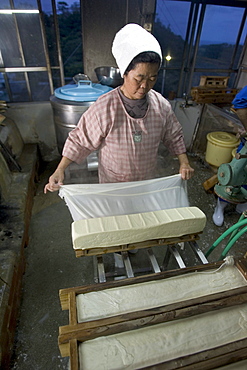
Kazuko Uezu, age 65, makes tofu before dawn in her small shop in the village of Hedo. Despite 50 years of practice "every batch tastes slightly different" says Kazuko who rises at 4-am seven days a week to make tofu. Traditional methods and a small production produces subtle variations in every batch despite the fact that tofu has only two ingredients, salt water and soy beans. Kazuko get the salt water from the East China Sea (just down the road from her house) but the soybeans come from America. Okinawan centenarians eat tofu daily and it is believed the high flavanoid content in tofu contributes to their longevity. Flavanoids are known to fight breast and prostate cancer and believed to combat heart disease.
